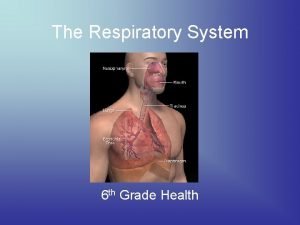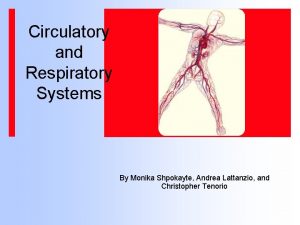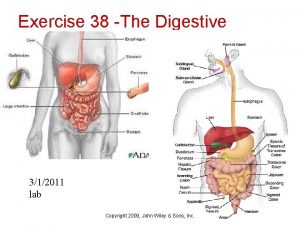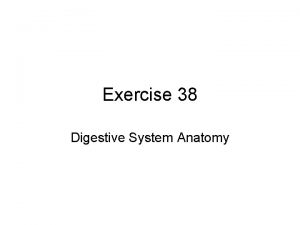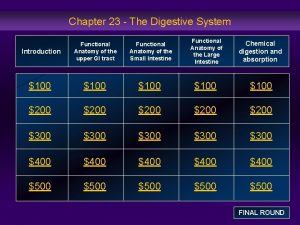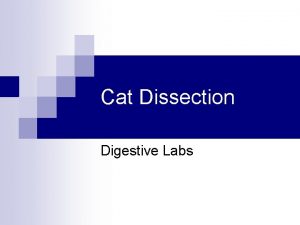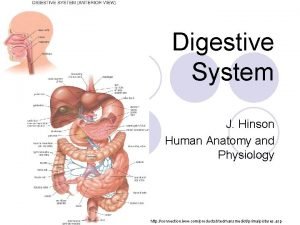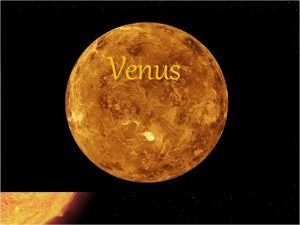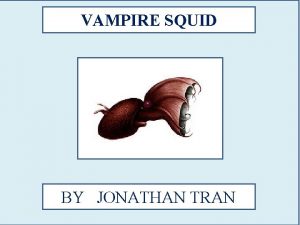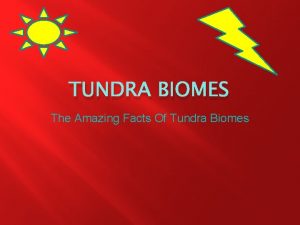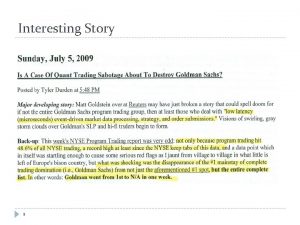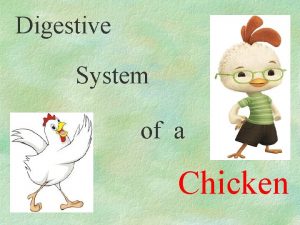NOTES DIGESTIVE SYSTEM ANATOMY Interesting Digestive System Facts
















- Slides: 16

NOTES – DIGESTIVE SYSTEM ANATOMY

Interesting Digestive System Facts After you eat how long does it take for the stomach to empty? Within 2 -6 hours, all food is emptied into the small intestine.

How many pounds of food does the average person eat in a year? 1, 100

How many feet long are your intestines? about 20 -30 ft long.

NOTES – DIGESTIVE SYSTEM ANATOMY • Oral Cavity • mouth, pharynx, esophagus

• MOUTH • SALIVARY GLANDS – produce saliva

• Saliva Components • Mostly water – about 99. 5% • SALIVARY AMYLASE – digests starch • LYSOZYME – antibacterial action • MUCIN – lubricant • chewing and saliva with food form a BOLUS

• PHARYNX • common area for food and air • Epiglottis • prevents food from entering the trachea (wind pipe)

• ESOPHAGUS • transports bolus from pharynx to stomach • involuntary muscular movement of food - PERISTALSIS

• STOMACH • a storage & mixing chamber • secretions • mucus • hydrochloric acid (HCl) • HCl activates pepsinogen to pepsin which is main enzyme that digests protein

• movement • mixing waves - peristalsis • bolus becomes chyme

• SMALL INTESTINE • parts: duodenum, jejunum, ileum • Function: • digestion and absorption • intestinal juice – water & mucus • epithelial cells have digestive enzymes to digest ALL classes of food

• LIVER • performs many functions – main blood filter in digestive system • in digestion it secretes BILE into the gall bladder • the gall bladder then dumps bile into small intestine

• bile EMULSIFIES fats – breaks fat into smaller pieces – easier for fat digesting enzymes to do their work Normal liver fatty liver Cirrhosis of the liver

• PANCREAS • pancreatic enzymes are important for the digestion of all major classes of food • four enzymes and bicarbonate • all are dumped into small intestine

• LARGE INTESTINE • Parts: ascending colon, transverse colon, descending colon, sigmoid colon • chyme is converted to feces • absorption of water & salts • E. coli bacteria synthesizes vitamin K
 Interesting more interesting the most interesting
Interesting more interesting the most interesting Interesting facts about respiratory system
Interesting facts about respiratory system Interesting facts about urinary system
Interesting facts about urinary system Monika shpokayte
Monika shpokayte Kristin james
Kristin james Anatomy of the digestive system exercise 38
Anatomy of the digestive system exercise 38 Crypts of liberkuhn
Crypts of liberkuhn Functional anatomy of the digestive system
Functional anatomy of the digestive system Cat digestive system dissection
Cat digestive system dissection Anatomy digestive system
Anatomy digestive system Interesting facts about venus
Interesting facts about venus Leoncico balboa
Leoncico balboa Vampire squid facts
Vampire squid facts Interesting facts about charlie chaplin
Interesting facts about charlie chaplin Interesting facts about turkish language
Interesting facts about turkish language Tundra biome facts
Tundra biome facts Netherlands sports facts
Netherlands sports facts

